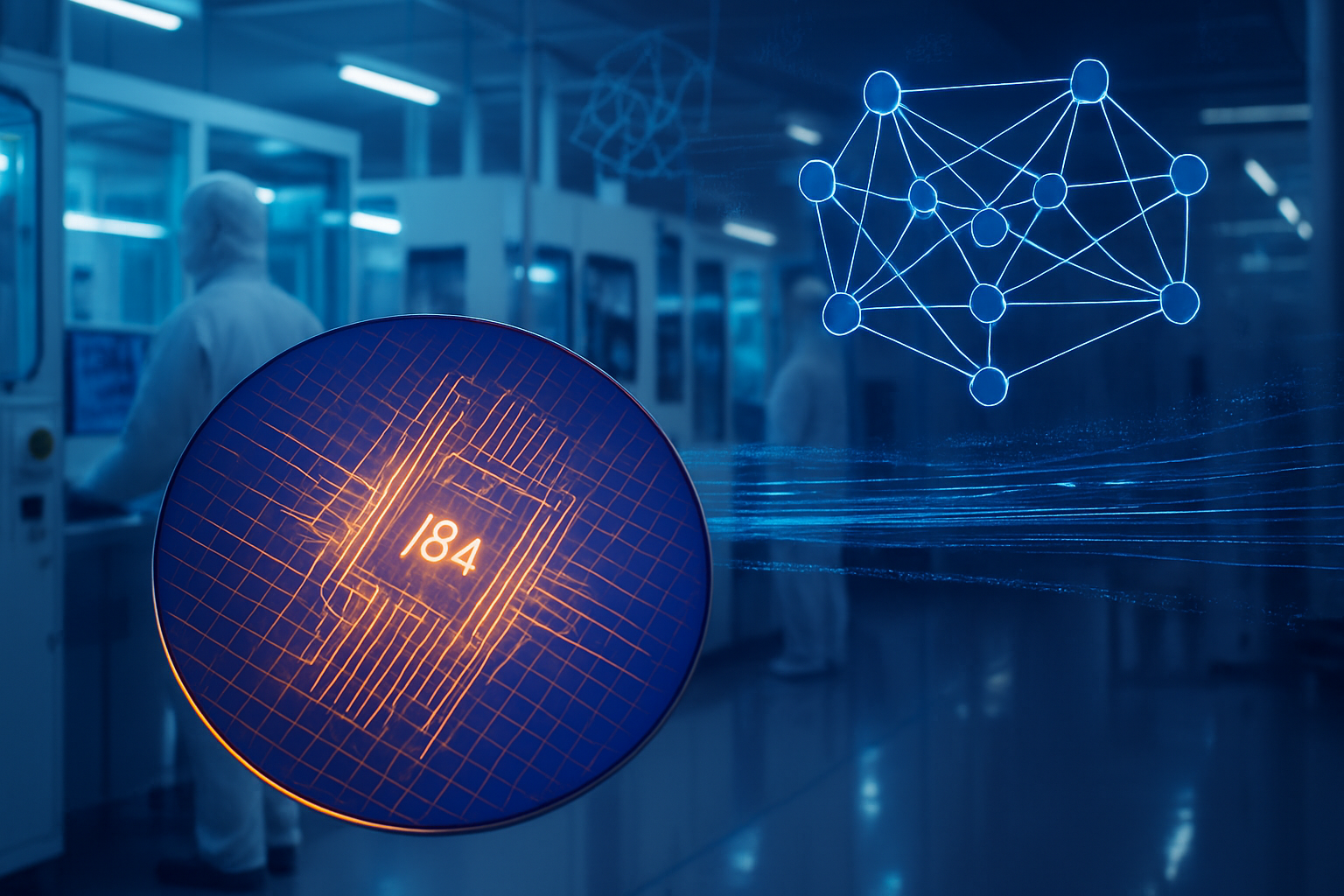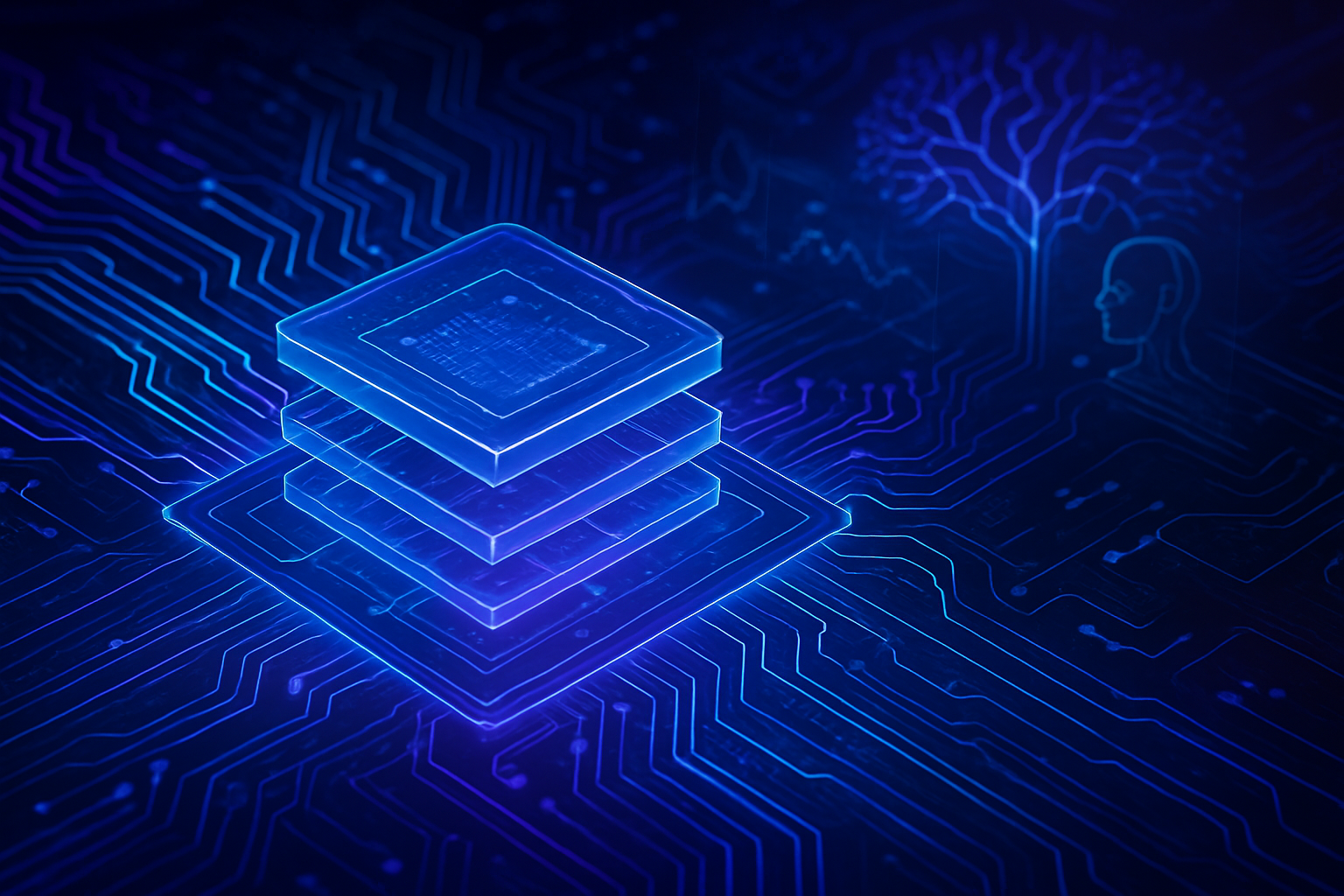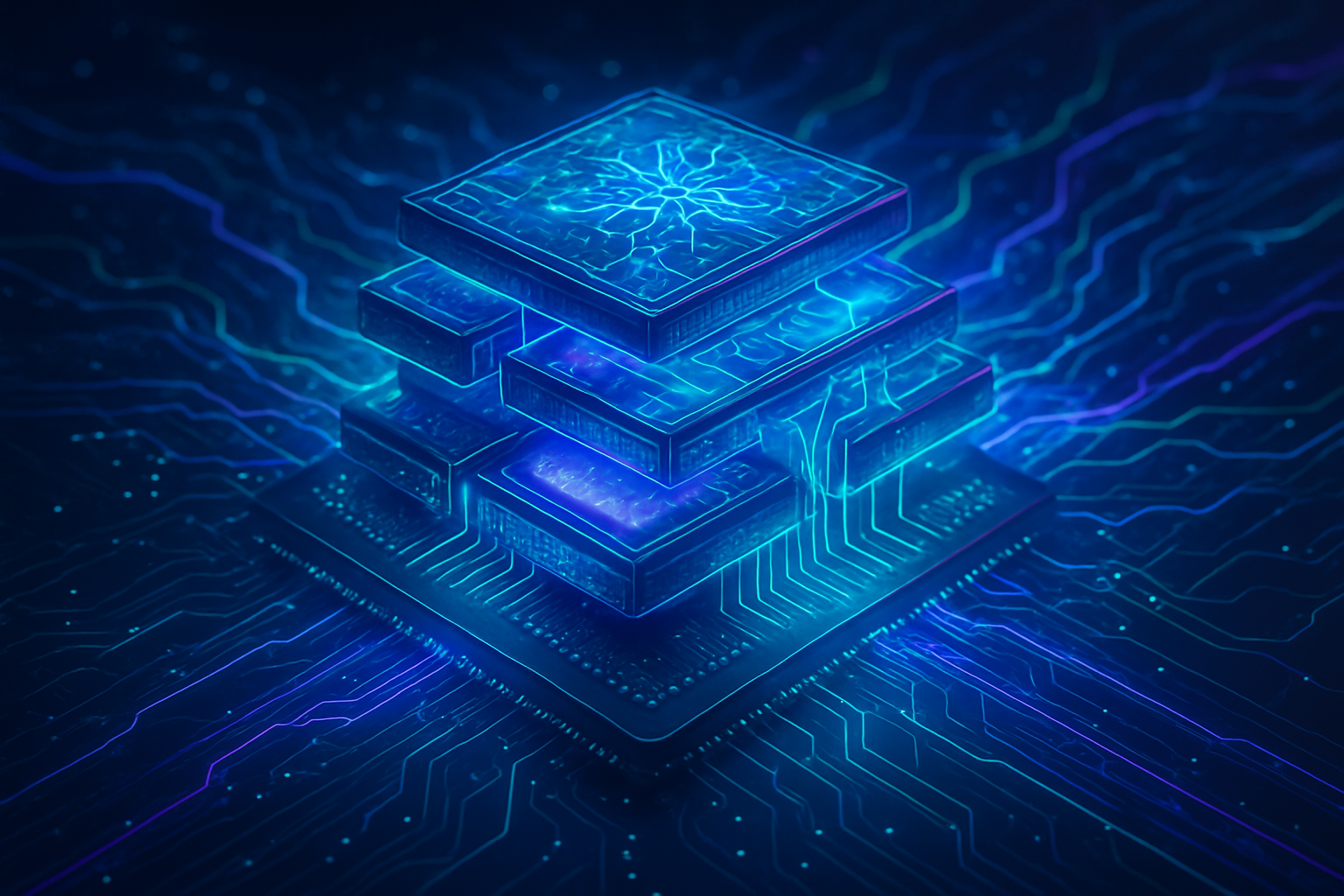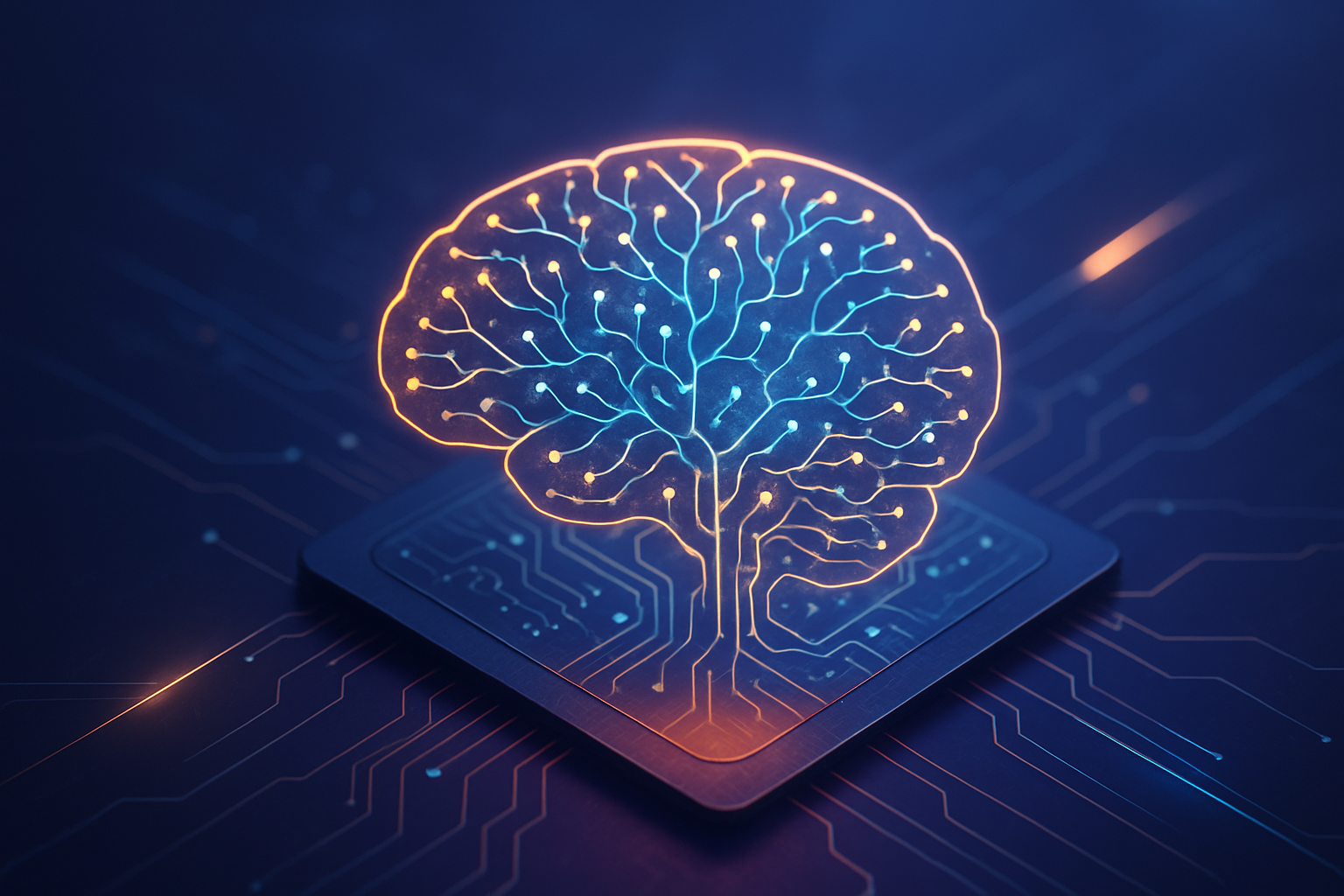In a monumental shift poised to redefine the AI semiconductor landscape, Intel Foundry has officially secured a pivotal contract to manufacture Microsoft's (NASDAQ: MSFT) next-generation AI accelerator, Maia 2, utilizing its cutting-edge 18A process node. This announcement, solidifying earlier speculation as of October 17, 2025, marks a significant validation of Intel's (NASDAQ: INTC) ambitious IDM 2.0 strategy and a strategic move by Microsoft to diversify its critical AI supply chain. The multi-billion-dollar deal not only cements Intel's re-emergence as a formidable player in advanced foundry services but also signals a new era of intensified competition and innovation in the race for AI supremacy.
The collaboration underscores the growing trend among hyperscalers to design custom silicon tailored for their unique AI workloads, moving beyond reliance on off-the-shelf solutions. By entrusting Intel with the fabrication of Maia 2, Microsoft aims to optimize performance, efficiency, and cost for its vast Azure cloud infrastructure, powering the generative AI explosion. For Intel, this contract represents a vital win, demonstrating the technological maturity and competitiveness of its 18A node against established foundry giants and potentially attracting a cascade of new customers to its Foundry Services division.
Unpacking the Technical Revolution: Maia 2 and the 18A Node
The Microsoft Maia 2, while specific technical details remain under wraps, is anticipated to be a significant leap forward from its predecessor, Maia 100. The first-generation Maia 100, fabricated on TSMC's (NYSE: TSM) N5 process, boasted an 820 mm² die, 105 billion transistors, and 64 GB of HBM2E memory. Maia 2, leveraging Intel's advanced 18A or 18A-P process, is expected to push these boundaries further, delivering enhanced performance-per-watt metrics crucial for the escalating demands of large-scale AI model training and inference.
At the heart of this technical breakthrough is Intel's 18A node, a 2-nanometer class process that integrates two groundbreaking innovations. Firstly, RibbonFET, Intel's implementation of a Gate-All-Around (GAA) transistor architecture, replaces traditional FinFETs. This design allows for greater scaling, reduced power leakage, and improved performance at lower voltages, directly addressing the power and efficiency challenges inherent in AI chip design. Secondly, PowerVia, a backside power delivery network, separates power routing from signal routing, significantly reducing signal interference, enhancing transistor density, and boosting overall performance.
Compared to Intel's prior Intel 3 node, 18A promises over a 15% iso-power performance gain and up to 38% power savings at the same clock speeds below 0.65V, alongside a substantial density improvement of up to 39%. The enhanced 18A-P variant further refines these technologies, incorporating second-generation RibbonFET and PowerVia, alongside optimized components to reduce leakage and improve performance-per-watt. This advanced manufacturing capability provides Microsoft with the crucial technological edge needed to design highly efficient and powerful AI accelerators for its demanding data center environments, distinguishing Maia 2 from previous approaches and existing technologies. The initial reaction from the AI research community and industry experts has been overwhelmingly positive, viewing this as a strong signal of Intel's foundry resurgence and Microsoft's commitment to custom AI silicon.
Reshaping the AI Industry: Competitive Dynamics and Strategic Advantages
This landmark deal will send ripples across the entire AI ecosystem, profoundly impacting AI companies, tech giants, and startups alike. Intel stands to benefit immensely, with the Microsoft contract serving as a powerful validation of its IDM 2.0 strategy and a clear signal that its advanced nodes are competitive. This could attract other major hyperscalers and fabless AI chip designers, accelerating the ramp-up of its foundry business and providing a much-needed financial boost, with the deal's lifetime value reportedly exceeding $15 billion.
For Microsoft, the strategic advantages are multifaceted. Securing a reliable, geographically diverse supply chain for its critical AI hardware mitigates geopolitical risks and reduces reliance on a single foundry. This vertical integration allows Microsoft to co-design its hardware and software more closely, optimizing Maia 2 for its specific Azure AI workloads, leading to superior performance, lower latency, and potentially significant cost efficiencies. This move further strengthens Microsoft's market positioning in the fiercely competitive cloud AI space, enabling it to offer differentiated services and capabilities to its customers.
The competitive implications for major AI labs and tech companies are substantial. While TSMC (NYSE: TSM) has long dominated the advanced foundry market, Intel's successful entry with a marquee customer like Microsoft intensifies competition, potentially leading to faster innovation cycles and more favorable pricing for future AI chip designs. This also highlights a broader trend: the increasing willingness of tech giants to invest in custom silicon, which could disrupt existing products and services from traditional GPU providers and accelerate the shift towards specialized AI hardware. Startups in the AI chip design space may find more foundry options available, fostering a more dynamic and diverse hardware ecosystem.
Broader Implications for the AI Landscape and Future Trends
The Intel-Microsoft partnership is more than just a business deal; it's a significant indicator of the evolving AI landscape. It reinforces the industry's pivot towards custom silicon and diversified supply chains as critical components for scaling AI infrastructure. The geopolitical climate, characterized by increasing concerns over semiconductor supply chain resilience, makes this U.S.-based manufacturing collaboration particularly impactful, contributing to a more robust and geographically balanced global tech ecosystem.
This development fits into broader AI trends that emphasize efficiency, specialization, and vertical integration. As AI models grow exponentially in size and complexity, generic hardware solutions become less optimal. Companies like Microsoft are responding by designing chips that are hyper-optimized for their specific software stacks and data center environments. This strategic alignment can unlock unprecedented levels of performance and energy efficiency, which are crucial for sustainable AI development.
Potential concerns include the execution risk for Intel, as ramping up a leading-edge process node to high volume and yield consistently is a monumental challenge. However, Intel's recent announcement that its Panther Lake processors, also on 18A, have entered volume production at Fab 52, with broad market availability slated for January 2026, provides a strong signal of their progress. This milestone, coming just eight days before the specific Maia 2 confirmation, demonstrates Intel's commitment and capability. Comparisons to previous AI milestones, such as Google's (NASDAQ: GOOGL) development of its custom Tensor Processing Units (TPUs), highlight the increasing importance of custom hardware in driving AI breakthroughs. This Intel-Microsoft collaboration represents a new frontier in that journey, focusing on open foundry relationships for such advanced custom designs.
Charting the Course: Future Developments and Expert Predictions
Looking ahead, the successful fabrication and deployment of Microsoft's Maia 2 on Intel's 18A node are expected to catalyze several near-term and long-term developments. Mass production of Maia 2 is anticipated to commence in 2026, potentially following an earlier reported delay, aligning with Intel's broader 18A ramp-up. This will pave the way for Microsoft to deploy these accelerators across its Azure data centers, significantly boosting its AI compute capabilities and enabling more powerful and efficient AI services for its customers.
Future applications and use cases on the horizon are vast, ranging from accelerating advanced large language models (LLMs) and multimodal AI to enhancing cognitive services, intelligent automation, and personalized user experiences across Microsoft's product portfolio. The continued evolution of the 18A node, with planned variants like 18A-P for performance optimization and 18A-PT for multi-die architectures and advanced hybrid bonding, suggests a roadmap for even more sophisticated AI chips in the future.
Challenges that need to be addressed include achieving consistent high yield rates at scale for the 18A node, ensuring seamless integration of Maia 2 into Microsoft's existing hardware and software ecosystem, and navigating the intense competitive landscape where TSMC and Samsung (KRX: 005930) are also pushing their own advanced nodes. Experts predict a continued trend of vertical integration among hyperscalers, with more companies opting for custom silicon and leveraging multiple foundry partners to de-risk their supply chains and optimize for specific workloads. This diversified approach is likely to foster greater innovation and resilience within the AI hardware sector.
A Pivotal Moment: Comprehensive Wrap-Up and Long-Term Impact
The Intel Foundry and Microsoft Maia 2 deal on the 18A node represents a truly pivotal moment in the history of AI semiconductor manufacturing. The key takeaways underscore Intel's remarkable comeback as a leading-edge foundry, Microsoft's strategic foresight in securing its AI future through custom silicon and supply chain diversification, and the profound implications for the broader AI industry. This collaboration signifies not just a technical achievement but a strategic realignment that will reshape the competitive dynamics of AI hardware for years to come.
This development's significance in AI history cannot be overstated. It marks a crucial step towards a more robust, competitive, and geographically diversified semiconductor supply chain, essential for the sustained growth and innovation of artificial intelligence. It also highlights the increasing sophistication and strategic importance of custom AI silicon, solidifying its role as a fundamental enabler for next-generation AI capabilities.
In the coming weeks and months, the industry will be watching closely for several key indicators: the successful ramp-up of Intel's 18A production, the initial performance benchmarks and deployment of Maia 2 by Microsoft, and the competitive responses from other major foundries and AI chip developers. This partnership is a clear signal that the race for AI supremacy is not just about algorithms and software; it's fundamentally about the underlying hardware and the manufacturing prowess that brings it to life.
This content is intended for informational purposes only and represents analysis of current AI developments.
TokenRing AI delivers enterprise-grade solutions for multi-agent AI workflow orchestration, AI-powered development tools, and seamless remote collaboration platforms.
For more information, visit https://www.tokenring.ai/.









